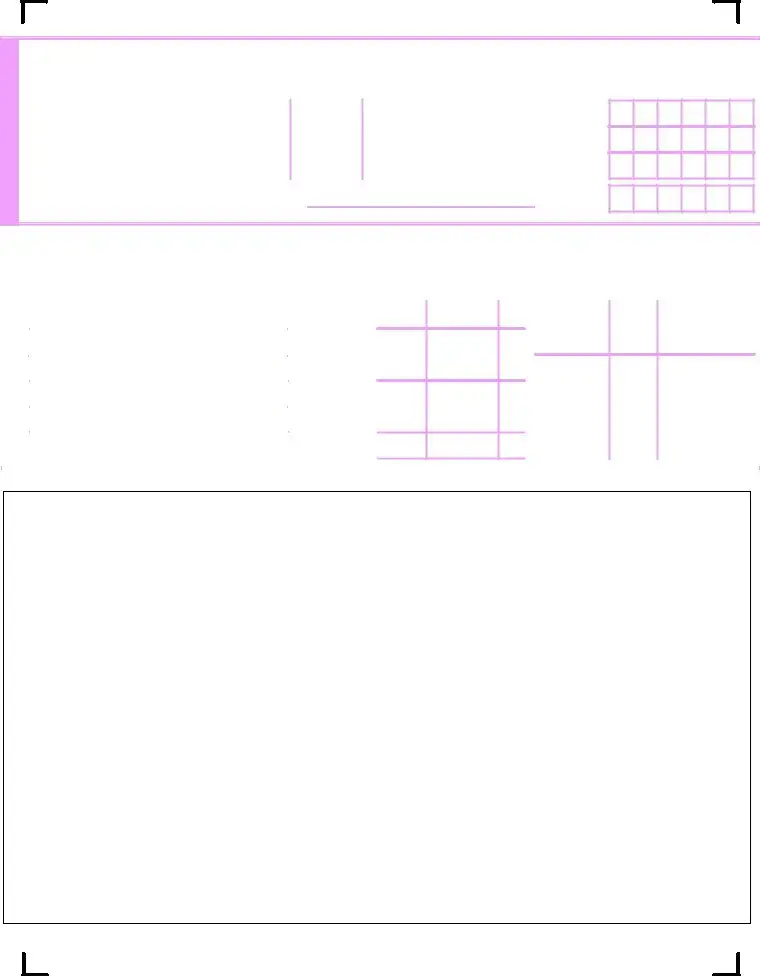What is the Kansas K-40PT form?
The Kansas K-40PT form, also known as the Kansas Property Tax Relief Claim for Low Income Seniors, is a document designed to provide financial relief to low-income senior citizens in Kansas by offering a refund on a portion of the property taxes they have paid. To be eligible, individuals must meet specific criteria related to their residency, homeownership, and income levels.
Who is eligible to file the K-40PT form?
To qualify for the property tax refund using the K-40PT form, you must have been a Kansas resident throughout the entire calendar year (for this form example, the year 2008), a homeowner during the same period, and aged 65 or over for the entire year. Additionally, your household income for 2008 must not have exceeded $16,800. It is important to note that if you filed a Form K-40H for the same year, you would not be eligible for this property tax refund.
What types of income must be reported on the K-40PT form?
When filling out the K-40PT form, you need to report various types of income, including wages or Kansas Adjusted Gross Income, all taxable income other than wages and pensions not included in this figure, total Social Security and SSI benefits, Railroad Retirement benefits and all other pensions, annuities, and veterans benefits. Additionally, you must include TAF payments, general assistance, worker's compensation, grants, scholarships, and all other income not explicitly excluded in the provided list. It's crucial to accurately report your income to determine eligibility for the tax relief refund.
How is the property tax refund calculated?
The property tax refund is calculated by taking the general property taxes paid in 2008 and multiplying that amount by 45% (.45). However, if you participated in the ELG (Elderly or Disabled Property Tax Relief) program and filed Form ELG with your county, the refund amount will be reduced by the ELG amount applied to the first half of your 2008 property tax. Ensure to refer to the instructions provided with the form for more detailed calculation guidelines.
What is the deadline to file the K-40PT form?
The deadline to file the K-40PT form for property tax relief is strict; it must be filed after December 31, 2008, but no later than April 15, 2009. Late submissions may not be accepted, so it is imperative to file within the specified timeframe to benefit from the property tax refund program. Always check the most current year's dates and guidelines as they are subject to change from year to year.


